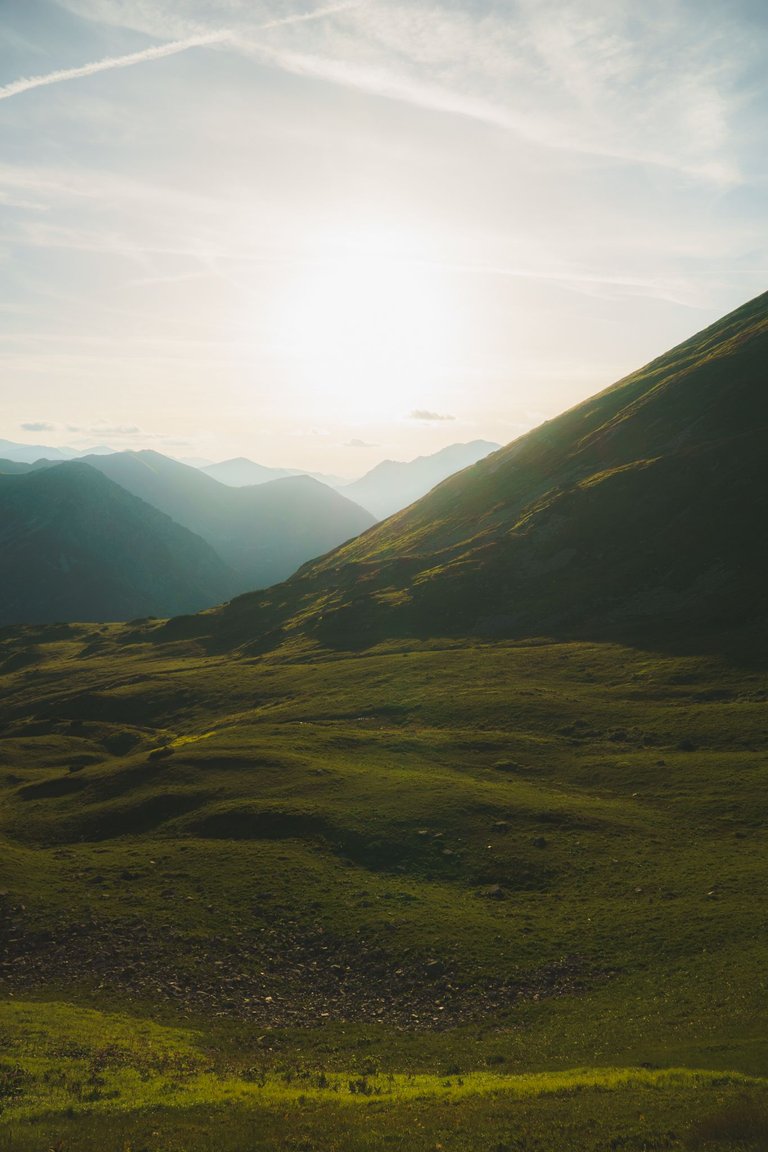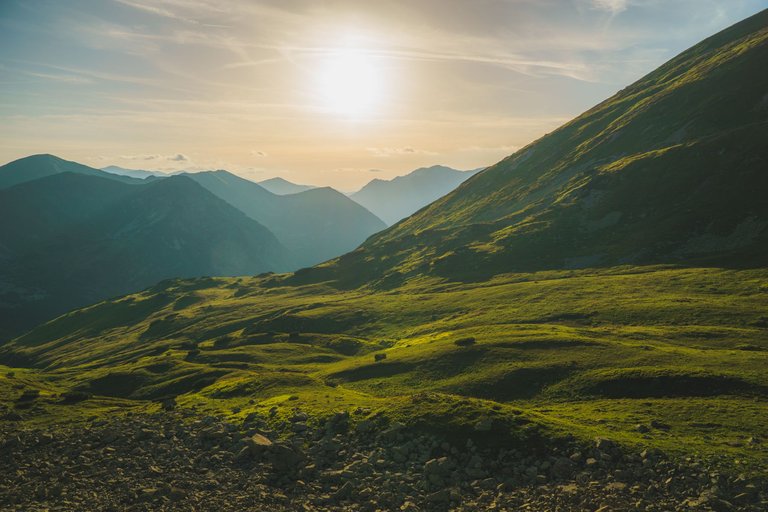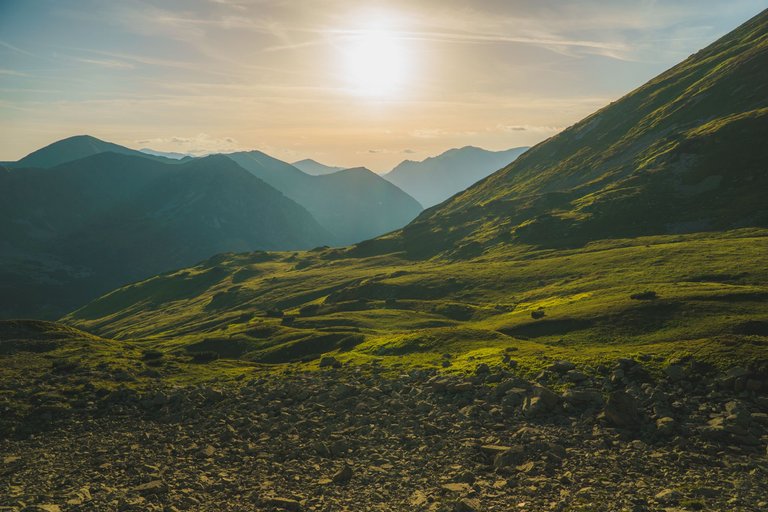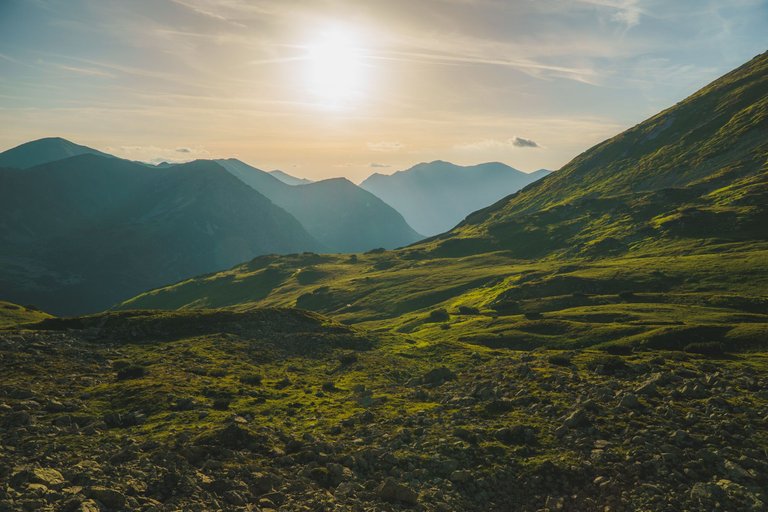Cicha Dolina/ Quiet valley [ENG/PL]
Cicha Valley - a valley located in the Slovak part of the Tatra Mountains. According to the findings of Polish geographers, the Cicha Valley is the border between the High and Western Tatras.
It is one of the largest Tatra valleys. Its area is approximately 52.3 km² and its length is approximately 16.0 km. The entrance to the valley is located near Podbanské. In the lower parts, the valley runs northwards, then turns north-eastwards, and about 2/3 of its length turns at a sharp angle eastwards, approaching the Smooth Pass (Hladké sedlo).
It was one of the most important pastoral areas in the Slovak Tatra Mountains. The towns of Kokawa and Wychodna grazed about 1,500 sheep and 200 cattle. Grazing lasted until 1955. Due to its location near Zakopane, the passage through this valley had long been used by traders, hunters and robbers. During World War II, escapees to Hungary and couriers of the Polish underground usually passed through here. In 1944, numerous units of Slovak and Soviet partisans were hiding there, with whom the Germans fought bloody battles. Monuments commemorate this. After the war, smugglers wandered here and the Slovak border guard had their permanent post here at the mouth of the valley. Currently, the entire valley area is a strictly protected area.
Dolina Cicha – dolina położona na terenie słowackiej części Tatr. Według ustaleń polskich geografów Dolina Cicha stanowi granicę między Tatrami Wysokimi a Zachodnimi.
Należy do największych dolin tatrzańskich. Jej powierzchnia to ok. 52,3 km², a długość ok. 16,0 km. Wejście do doliny umiejscowione jest w okolicach Podbańskiej (Podbanské). W dolnych partiach dolina biegnie w kierunku północnym, dalej skręca w kierunku północno-wschodnim, a w ok. 2/3 długości skręca pod ostrym kątem na wschód, podchodząc pod Gładką Przełęcz (Hladké sedlo).
Była jednym z ważniejszych terenów pasterskich w słowackich Tatrach. Miejscowości Kokawa i Wychodna wypasały na niej około 1500 owiec i 200 sztuk bydła. Wypas trwał do 1955 r. Dzięki swojemu położeniu w pobliżu Zakopanego przejście przez tę dolinę od dawna było wykorzystywane przez handlarzy, myśliwych i zbójników. W czasie II wojny światowej zazwyczaj tędy przechodzili uciekinierzy na Węgry i kurierzy polskiego podziemia. W 1944 r. ukrywały się na niej liczne oddziały partyzantów słowackich i radzieckich, z którymi Niemcy toczyli krwawe boje. Upamiętniają to pomniki. Po wojnie wędrowali tędy przemytnicy, słowacka straż graniczna miała tutaj swoją stałą placówkę u wylotu doliny. Obecnie cały rejon doliny jest obszarem ochrony ścisłej.






My photographic equipment:
Sony A6000 with Sony E 18-105
Dji Mini 2
Samsung S10e
You can find me on instagram:
Lifestyle, travels and photos
Pictures of people, commercial
These pictures are so beautiful and amazing. The view is so amazing and then the history behind it is mind blowing. I have never heard about this valley. I think I'll go check it out
Source of potential text plagiarism
Plagiarism is the copying & pasting of others' work without giving credit to the original author or artist. Plagiarized posts are considered fraud. Fraud is discouraged by the community and may result in the account being Blacklisted.
Guide: Why and How People Abuse and Plagiarise
If you believe this comment is in error, please contact us in #appeals in Discord.